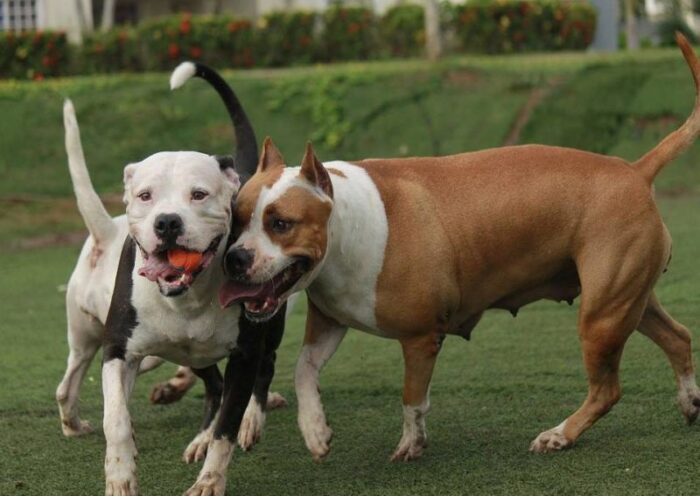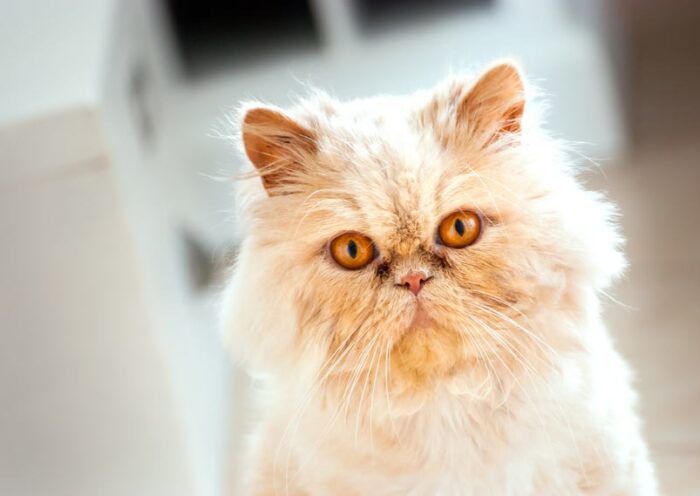
The Ultimate Guide to Care for Your Crested Gecko
The gecko makes a perfect pet for beginners, as it has simple, easy requirements.
The crested gecko has become a captive bed and is a standard pet in the pet industry. Many feature new color morphs.
Size and LifeSpan
Male and female geckos can reach about four to 4.5 inches in snout-to-vent length and 8 inches in total length. Their body weight can be approximately 35 to 40 grams. They can be sexually mature about 15 to 18 months. Under the appropriate care, the gecko can live up to 15 – 20 years.
Crested Gecko Housing
Baby crested geckos are best accommodated in a standard 10-gallon reptile tank with a screen top. Adults should get a 15 – 20 gallon tank with a screen top. In areas with high humidity, the gecko can have a screen cage. You can keep one male and many females together, but male geckos will battle each other and should not be kept together, specifically when females are around.
Lighting and Temperature
Crested geckos like a temperature range of 78 – 82 degrees Fahrenheit during the day. At night, the temperature can fall to the low 70s. If the temperature surpasses 86 degrees during the summer, put the gecko in a cooler place. Keep a thermometer for precise temperature measurements.
Crested geckos do not need UV lighting if fed a proper diet, including calcium and vitamin D3. Extreme UV lighting can harm their eyes.
Crested Gecko Food
Prepared crested gecko food is the easiest and best option for feeding. Mix the food energy with water and put it in a shallow dish every other day. Leave the food for 24 -36 hours before emptying it. Also, offer insects and fruit. Crickets are one of the best choices. Choose a size where the length of the insect equals the width of the crest gecko’s head. Crickets should be offered 2-3 times a week as a primary diet or once a week to supplement the scheduled food.
Water and Humidity
Water should always be given in a shallow dish. Crested geckos need a humidity level of 50 – 70 percent. The tank should be lightly misted every night to raise the humidity levels in drier climates. Hygrometers can also be utilized to check the humidity levels.
Tails and Handling
It is usual for crested geckos to lose their tails and have a small pointed tail nub in nature. If you choose to have a gecko with a tail, you must keep it isolated from other animals.
Newly bought geckos should not be handled in the first couple of days. Let the crested gecko settle in for 3 to 4 days and ensure it is regularly eating and adjusting.





